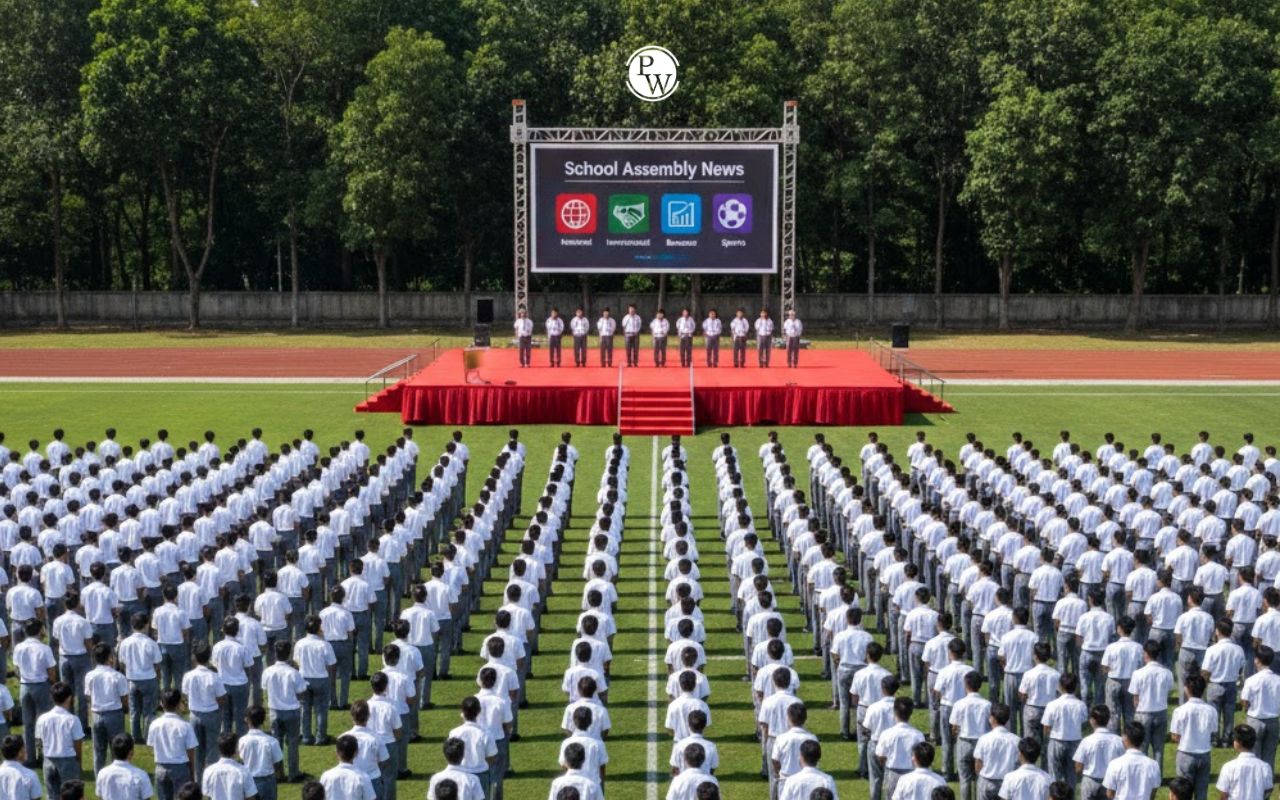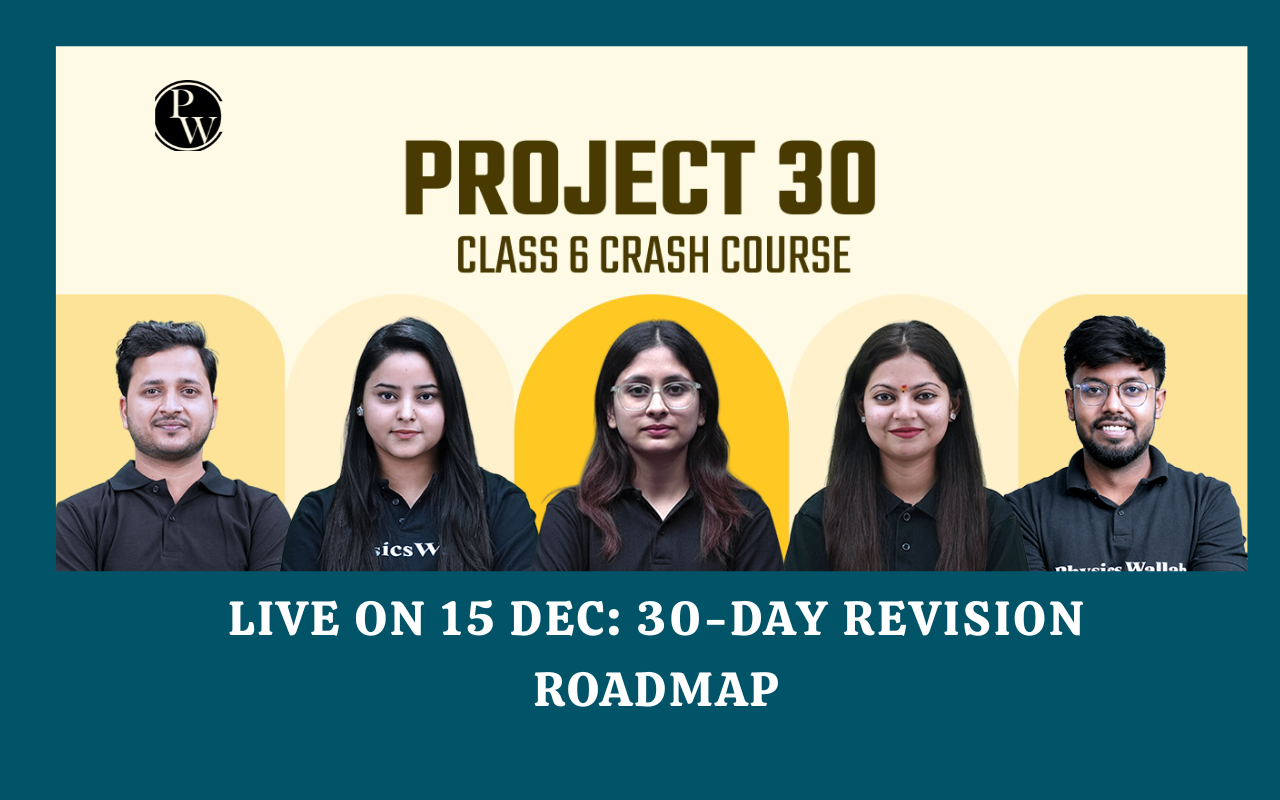
Mechanical Energy Formula: Mechanical energy is the sum of kinetic energy (KE) and potential energy (PE) in a system. Kinetic energy is associated with the motion of an object, while potential energy is linked to its position or configuration. The formula for mechanical energy is:
Mechanical Energy (ME) = Kinetic Energy (KE) + Potential Energy (PE)
Mechanical Energy Formula Equations
- Kinetic Energy (KE): The kinetic energy of an object can be calculated using the formula:
KE = 0.5 * m * v 2
Where:
KE is the kinetic energy.
m is the mass of the object.
v is the velocity of the object.
- Potential Energy (PE): Potential energy comes in various forms, including gravitational potential energy and elastic potential energy. Here are the equations for each:
Gravitational Potential Energy (PE gravity ):
PE gravity = m * g * h
Where:
PE gravity is the gravitational potential energy.
m is the mass of the object.
g is the acceleration due to gravity (approximately 9.81 m/s²).
h is the height or vertical position of the object.
Elastic Potential Energy (PE elastic ):
PE elastic = 0.5 * k * x 2
Where:
PE elastic is the elastic potential energy.
k is the spring constant.
x is the displacement of the spring from its equilibrium position.
Also Check – Voltage Drop Formula
Solved Examples of Mechanical Energy Formula
- Example 1: Calculating Kinetic Energy
Suppose a car with a mass of 1000 kg is moving at a velocity of 20 m/s. Calculate its kinetic energy.
Solution:
Using the formula for kinetic energy:
KE = 0.5 * m * v 2
KE = 0.5 * 1000 kg * (20 m/s) 2 = 200,000 J
The kinetic energy of the car is 200,000 joules.
- Example 2: Determining Gravitational Potential Energy
An object with a mass of 5 kg is lifted to a height of 10 meters above the ground. Calculate its gravitational potential energy.
Solution:
Using the formula for gravitational potential energy:
PE gravity = m * g * h
PE gravity = 5 kg * 9.81 m/s² * 10 m = 490.5 J
The gravitational potential energy of the object is 490.5 joules.
Also Check – Transformer Formula
Example 3: Combining Kinetic and Potential Energy
Suppose a rocket with a mass of 500 kg is launched into the air with an initial velocity of 150 m/s and reaches a height of 500 meters. Calculate its mechanical energy at its highest point.
Solution:
First, we calculate the rocket's kinetic energy using the formula for kinetic energy:
KE = 0.5 * m * v 2
KE = 0.5 * 500 kg * (150 m/s) 2 = 5,625,000 J
Next, we calculate the rocket's gravitational potential energy at its highest point using the formula for gravitational potential energy:
PE gravity = m * g * h
PE gravity = 500 kg * 9.81 m/s² * 500 m = 2,452,500 J
Now, we can find the total mechanical energy by adding kinetic and potential energy:
Mechanical Energy (ME) = KE + PE_gravity
ME = 5,625,000 J + 2,452,500 J = 8,077,500 J
The rocket's mechanical energy at its highest point is 8,077,500 joules.
Example 4: Elastic Potential Energy
A spring with a spring constant (k) of 200 N/m is compressed by 0.2 meters. Calculate the elastic potential energy stored in the spring.
Solution:
Using the formula for elastic potential energy:
PE_elastic = 0.5 * k * x^2
PE_elastic = 0.5 * 200 N/m * (0.2 m)^2 = 4 J
The elastic potential energy stored in the spring is 4 joules.
Example 5: Kinetic Energy in a Moving Vehicle
A bicycle with a mass of 15 kg is moving at a speed of 8 m/s. Calculate the kinetic energy of the bicycle.
Solution:
Using the formula for kinetic energy:
KE = 0.5 * m * v^2
KE = 0.5 * 15 kg * (8 m/s)^2 = 480 J
The kinetic energy of the bicycle is 480 joules.
Also Check – Specific Gravity Formula
Example 6: Potential Energy on a Ski Slope
A skier with a mass of 60 kg descends a ski slope with a vertical drop of 150 meters. Calculate the skier's gravitational potential energy at the bottom of the slope.
Solution:
Using the formula for gravitational potential energy:
PE gravity = m * g * h
PE gravity = 60 kg * 9.81 m/s² * 150 m = 88,110 J
The skier's gravitational potential energy at the bottom of the slope is 88,110 joules.
Example 7: Combining Potential Energy
A 2 kg object is lifted 5 meters above the ground, and then it is further raised to a height of 10 meters. Calculate the total gravitational potential energy of the object.
Solution:
First, calculate the potential energy at the initial height (5 meters):
PE1 = m * g * h1
PE1 = 2 kg * 9.81 m/s² * 5 m = 98.1 J
Next, calculate the potential energy at the final height (10 meters):
PE2 = m * g * h2
PE2 = 2 kg * 9.81 m/s² * 10 m = 196.2 J
Now, find the total gravitational potential energy by adding both:
Total PE = PE1 + PE2
Total PE = 98.1 J + 196.2 J = 294.3 J
The total gravitational potential energy of the object is 294.3 joules.
Mechanical Energy Formula FAQs
Q1. What is the relationship between mechanical energy and work?
Q2. Is mechanical energy conserved in all situations?
Q3. Can you have negative mechanical energy?
Q4. What are some examples of potential energy in everyday life?
Q5. How does mechanical energy apply to roller coasters?










